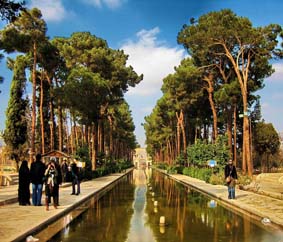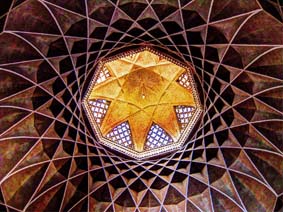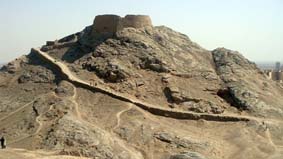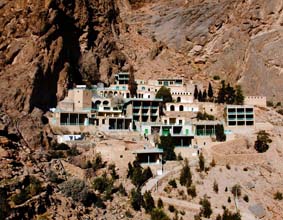Yazd
Situated in a long valley just over 1,215 meters above sea level, and
occupying an area of 72,000 kilometers.
The valley is bounded on the southwest by the extensive Shir Kuh range the
highest peak of which is 4,075 meters high; to the northeast raises an isolated
massif which is nearly 3,000 meters height.
Called Ke-Se and issa’ees during the ancient period of Iranian history, it
was renamed to Farafiz and Yazdan Gerd during the reign of the Sassanian king
Yazdgerd I (399-421 AD). The name comes from yazdan and izad denoting “holiness”
and “blessedness” According to some historical documents the history of Yazd
goes back to the time of Alexander the Great, or one millennium before the
emergence of Islam. It was conquered by the Arabs in 642, and subsequently
become an important station on the caravan routes to central Asia and India.
Exporting its silks textiles and carpets far and wide.
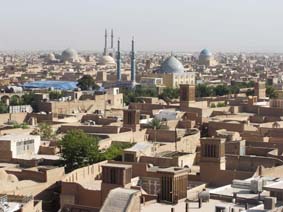
Panorama of Yazd
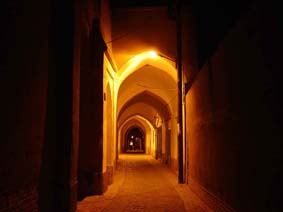
Alley
Parish Fahadan
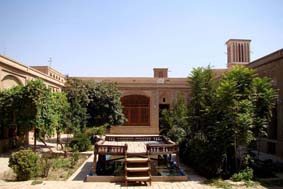
Lariha Old House
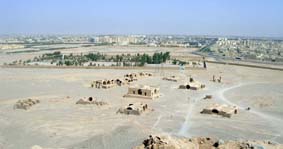
Old temple - Zoroastrian cellar
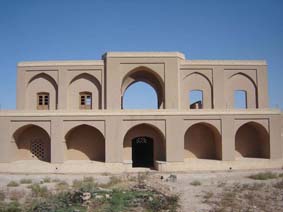
Reservoir
Vazir Complex
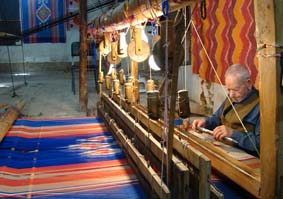
Daraei Textile Prevalent Olden
Yazd
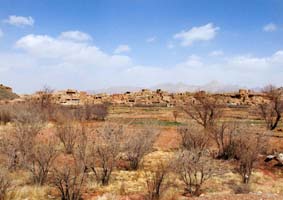
Abdollah Village - Around Yazd
Sights to See
-
Atashkadeh
The most important Zoroastrian fire temple Atashkadeh (located on a hill in
a small garden). The sacred flame behind a glass visible from the small
museum inside has, according to the Zoroastrian elder in attendance here,
been burning since about 470 AD and was transferred from its original site
in 1940.
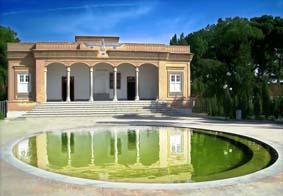
-
City Walls
These walls were begun, it is said, in 1119 and rebuilt and extended during
the 14th century. In places, they were 15 meters high, being nicely
decorated with ornamental devises such as those employed on unglazed
pottery.
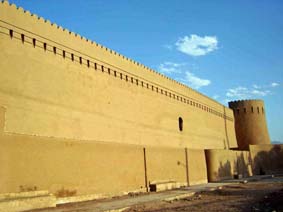
-
Bazaar
The 12 historic bazaars of Yazd are worth a visit. The most important bazaar
here are: bazaar-e Khan; Goldsmiths Bazaar; and Panjeh Ali Bazaar. The many
bazaars here are probably the best places in Iran to buy silk fabric,
cashmere, brocades and cloth (taffeta and yazdi shawl) all with beautiful
local designs, motifs, and colors, the products which brought the town its
prosperity.
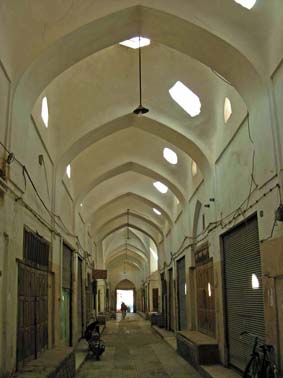
-
Amir Chakhmaq mosque
Fourteenth-century AD masjid-e Amir Chakhmaq or masjid-e Jom’eh’ (an exact
contemporary of the masjid-e Jam’e) next to the bazaar portal, Famous for
its superb portal ornamented with stucco, and the traditional four-ivan
structure on an originally, it was called masjid-e Now (New Mosque).

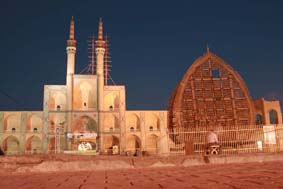
-
Jam’e Mosque
Masjid-e Jam’e, also known as the Friday Mosque, like to many important
mosques, was the focus of a complex of buildings of various periods and
styles in various states of conservation. The site of Sassanian fire temple,
its major features, however, were begun in 1324 and continuously developed
for forty years.
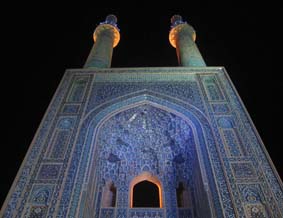
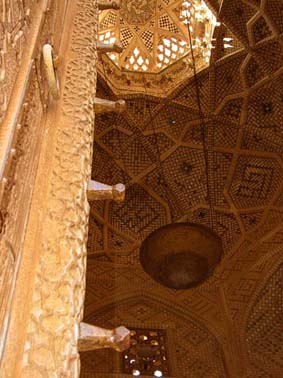
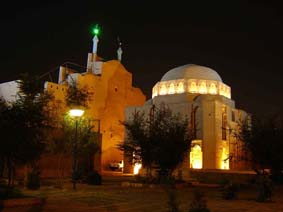
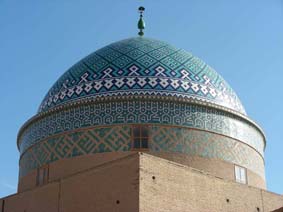
-
Treasure of mirrors and lighting Museum
The Mirror-Palace Archaeological complex, whit a built-up area of 837 square
meters, stands in a beautiful garden and was previously used as the private
guest house of a local well-to-do owner.
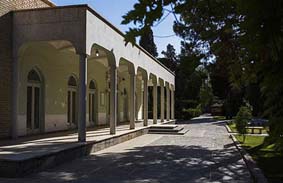
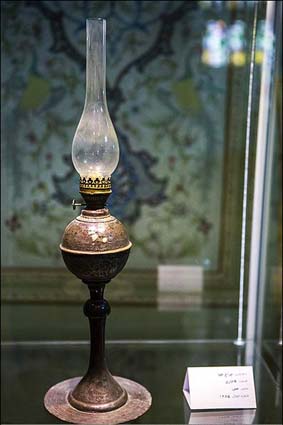
-
Bagh-e Dowlat Historic complex
This is a complex built according to the original Iranian architectural
style and consists of a large garden and some buildings. Being watered by
qanat, until residence of the provincial governor.
The most impressive part of the complex is a 33-meter high bad-gir (wind
tower) on the roof and water stream in the interior.
